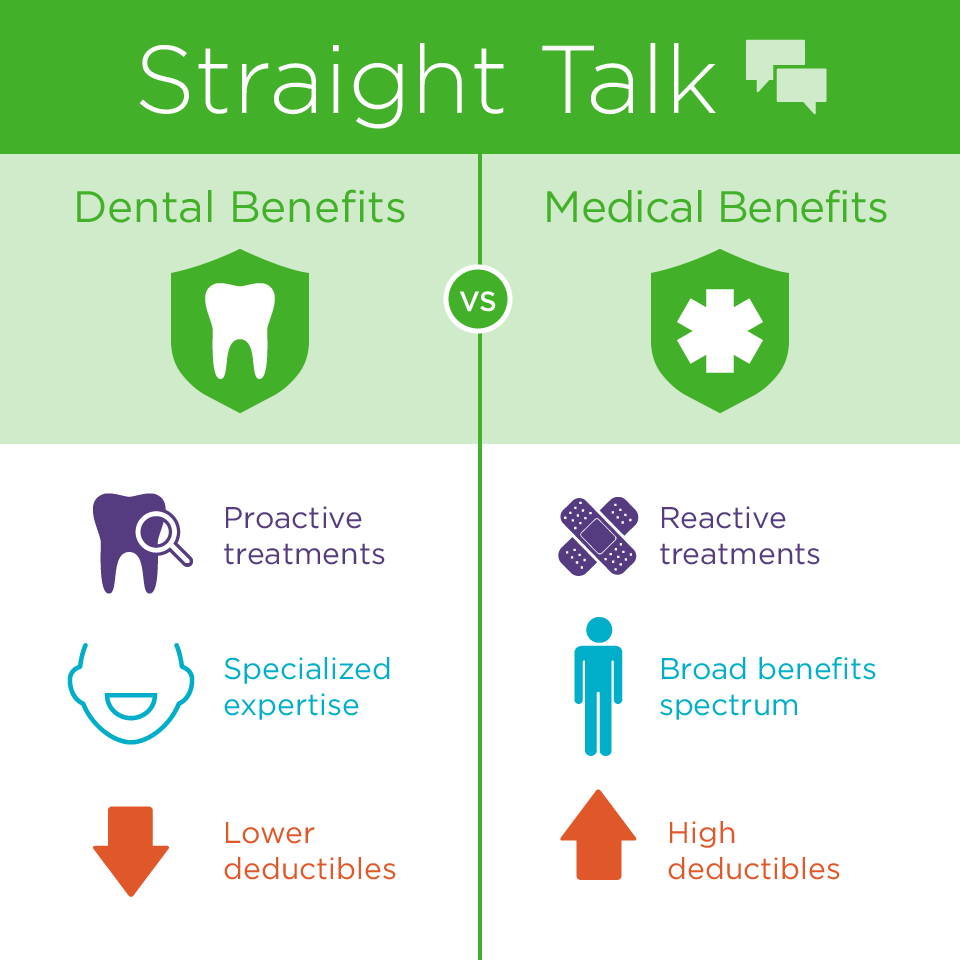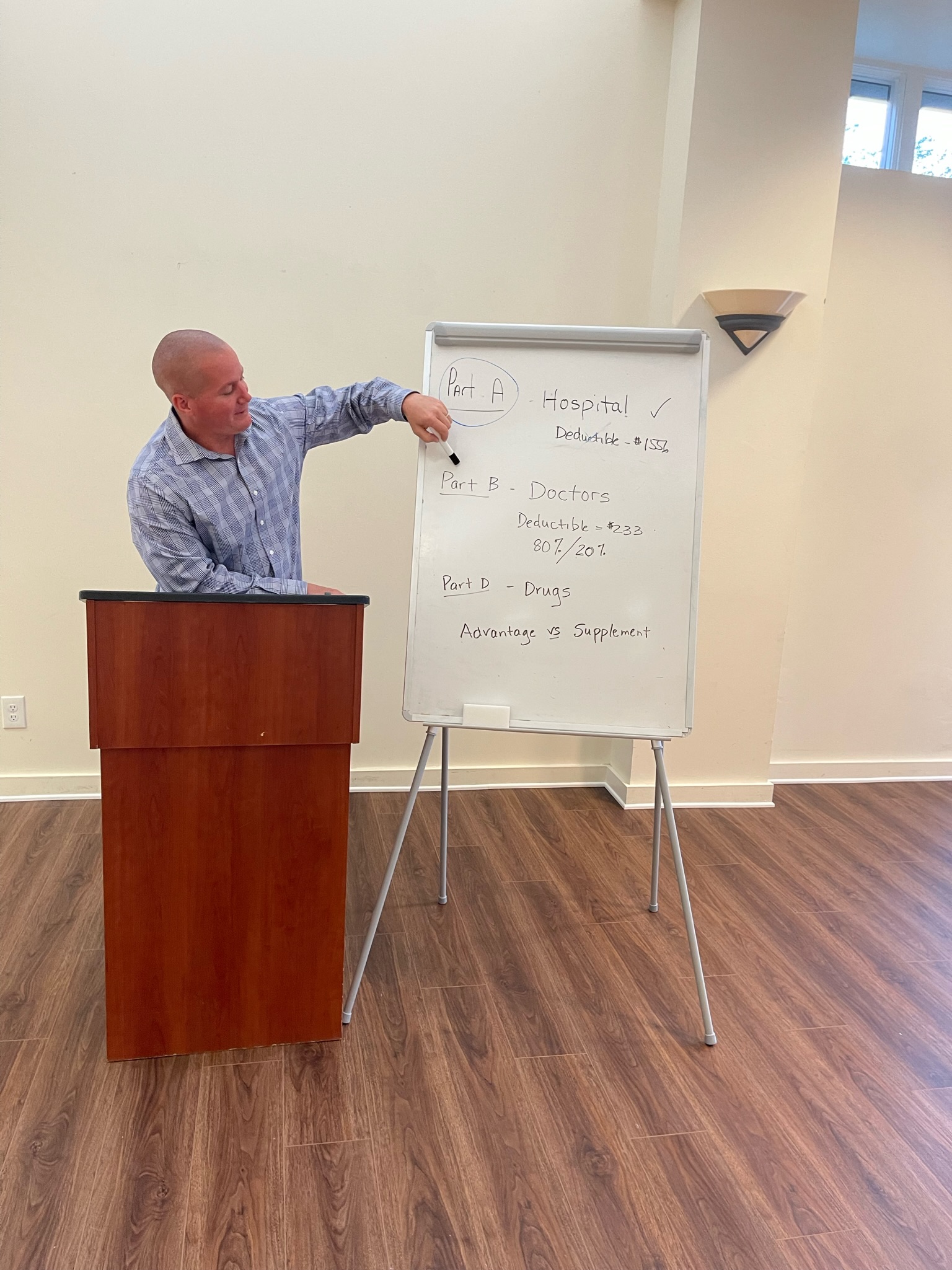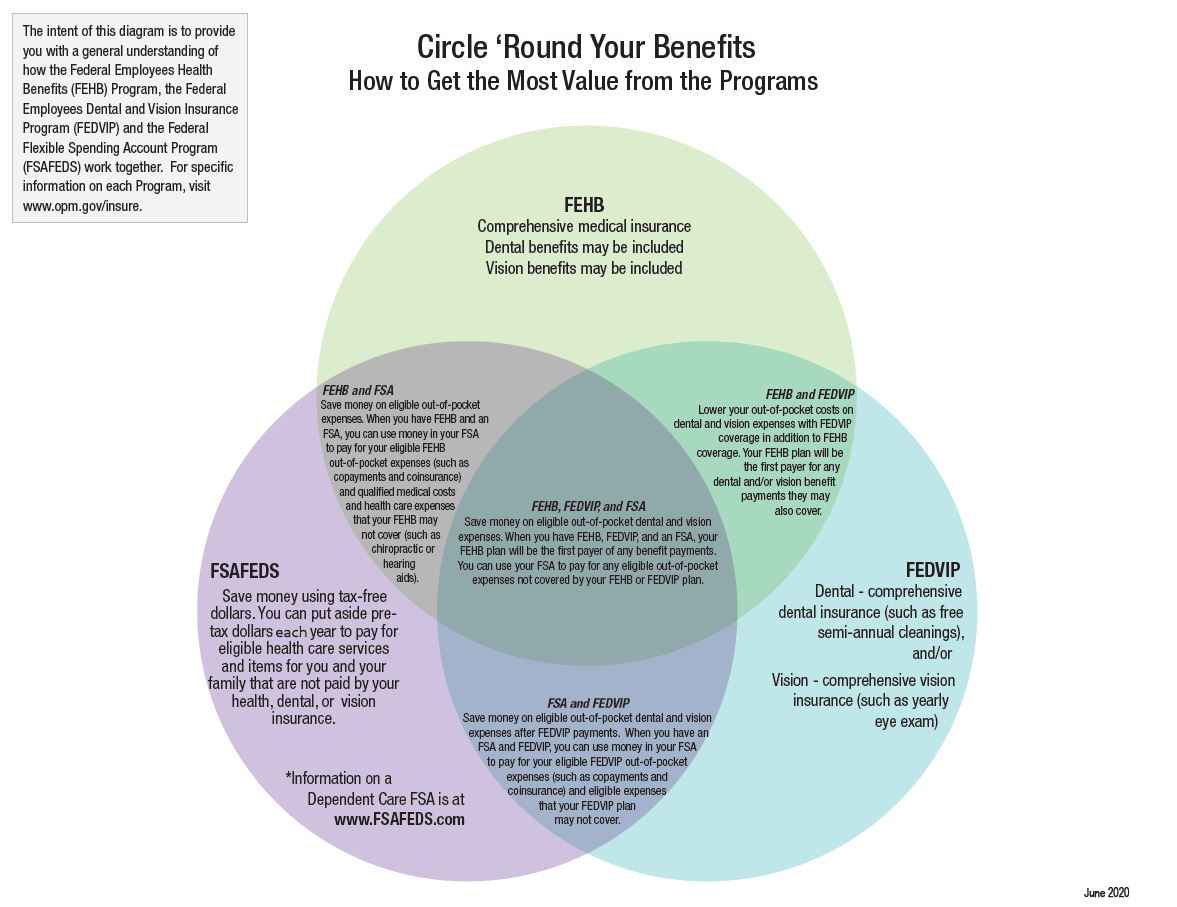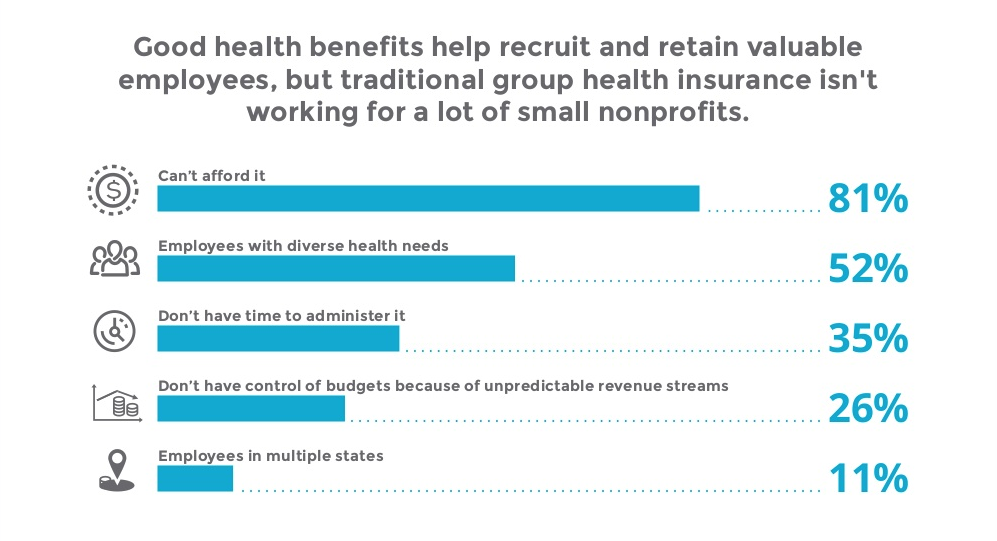3 Simple Techniques For Medicare Advantage Agent
3 Simple Techniques For Medicare Advantage Agent
Blog Article
Some Known Details About Medicare Advantage Agent
Table of ContentsThe Facts About Medicare Advantage Agent UncoveredGet This Report about Medicare Advantage AgentAbout Medicare Advantage Agent


follows from adheres to the relatively young age profile of the uninsured with the better health, wellness average, standard younger persons. For those without access to workplace health insurance policy, poor wellness is a prospective obstacle to acquiring nongroup protection because such coverage may be highly priced, exclude preexisting problems, or be merely unavailable. Unless or else kept in mind, nationwide price quotes of individuals without health insurance and proportions of the population with different kinds of protection are based on the CPS, the most widely made use of source of price quotes of insurance protection and uninsurance rates.

A Biased View of Medicare Advantage Agent
Over a three-year duration starting early in 1993, 72 million individuals, 29 percent of the united state populace, lacked protection for at the very least one month. Within a single year(1994), 53 million individuals experienced at least a month without insurance coverage(Bennefield, 1998a). 6 out of every ten uninsured grownups are themselves employed. Although functioning does improve the chance that and one's family participants will certainly have insurance, it is not a warranty. Even members of households with 2 full time breadwinner have practically a one-in-ten chance of being without insurance (9.1 percent without insurance rate)(Hoffman and Pohl, 2000 ). The connection in between medical insurance and access to care is well developed, as documented later in this phase. The relationship between health insurance and health outcomes is neither direct nor basic, a considerable medical and wellness services study literary works web links health insurance coverage
to improved enhanced accessibility care, better much better, and improved enhanced and population populace wellnessCondition As an example, the second report, on individual wellness end results for without insurance grownups, is stood for by the inner circle of the figure, while the 3rd record, on family health, includes the topics of the 2nd report but emphasizes a different unit of evaluation, namely, the family. The sixth report in the series will provide information about strategies and efforts embarked on locally, statewide, or across the country to deal with the lack of insurance policy and its damaging influences. Degrees of analysis for checking out the effects of uninsurance. This conversation of health insurance policy protection focuses mostly on the united state population under age 65 because basically all Americans 65 and older have Medicare or various other public insurance coverage.
Additionally, it concentrates especially on those with no health insurance for any size of time. The problems encountered by the underinsured remain in some areas similar to those encountered by the without insurance, although they are normally less extreme. Uninsurance and underinsurance, nonetheless, entail clearly various policy issues, and the techniques for addressing them may vary. Throughout this research and the 5 records to adhere to, the main focus gets on individuals without medical insurance and thus no help in spending for healthcare past what is readily available through charity and safeguard organizations. Medical insurance is a powerful variable influencing receipt of care because both people and medical professionals react to the out-of-pocket rate of solutions. Wellness insurance coverage, nonetheless, is neither necessary nor adequate to get to medical solutions. Nonetheless, the independent and straight impact of wellness
insurance protection on accessibility to wellness solutions is well established. Others will acquire the health and wellness care they require also without wellness insurance policy, by paying for it expense or seeking it from companies who offer treatment free or at very subsidized rates. For still Read Full Report others, medical insurance alone does not ensure receipt of treatment because of various other nonfinancial barriers, such as a lack of health and wellness treatment service providers in their neighborhood, restricted access to transport, illiteracy, or etymological and social differences. Formal research about without insurance populaces in the United States dates to the late 1920s and very early 1930s when the Committee on the Expense of Treatment generated a collection of records regarding financing physician office visits and hospital stays. This issue ended up being prominent as the numbers of medically indigent climbed up throughout the Great Depression. Empirical researches continually sustain the link in between accessibility to care and enhanced wellness results(Bindman et al., 1995; Starfield, 1995 ). Having a normal source of treatment can be taken into consideration a forecaster of gain access to, as opposed to a direct measure of it, when wellness outcomes are themselves made use of as accessibility indicators. This expansion of the idea of gain access to dimension was made by the IOM Board on Keeping Track Of Accessibility to Personal Healthcare Services(Millman, 1993, p. Whether moms and dads are guaranteed shows up to influence whether or not their children receive care as well as how much careeven if the kids themselves have coverage(Hanson, 1998). The wellness of moms and dads can influence their capability to take care of their youngsters and the degree of family anxiety. Bothering with their youngsters's accessibility to care is itself a resource of stress and anxiety for parents. Three phases follow in this record. Phase 2 gives an overview of exactly how employment-based medical insurance, public programs and specific insurance policy policies run and interact to offer comprehensive yet insufficient insurance coverage of the united state population. This consists of an evaluation of historical patterns and public laws impacting both public and private insurance coverage, a conversation of the interactions amongst the different kinds of insurance, and an examination of why individuals move from one program to one more or wind up

Report this page